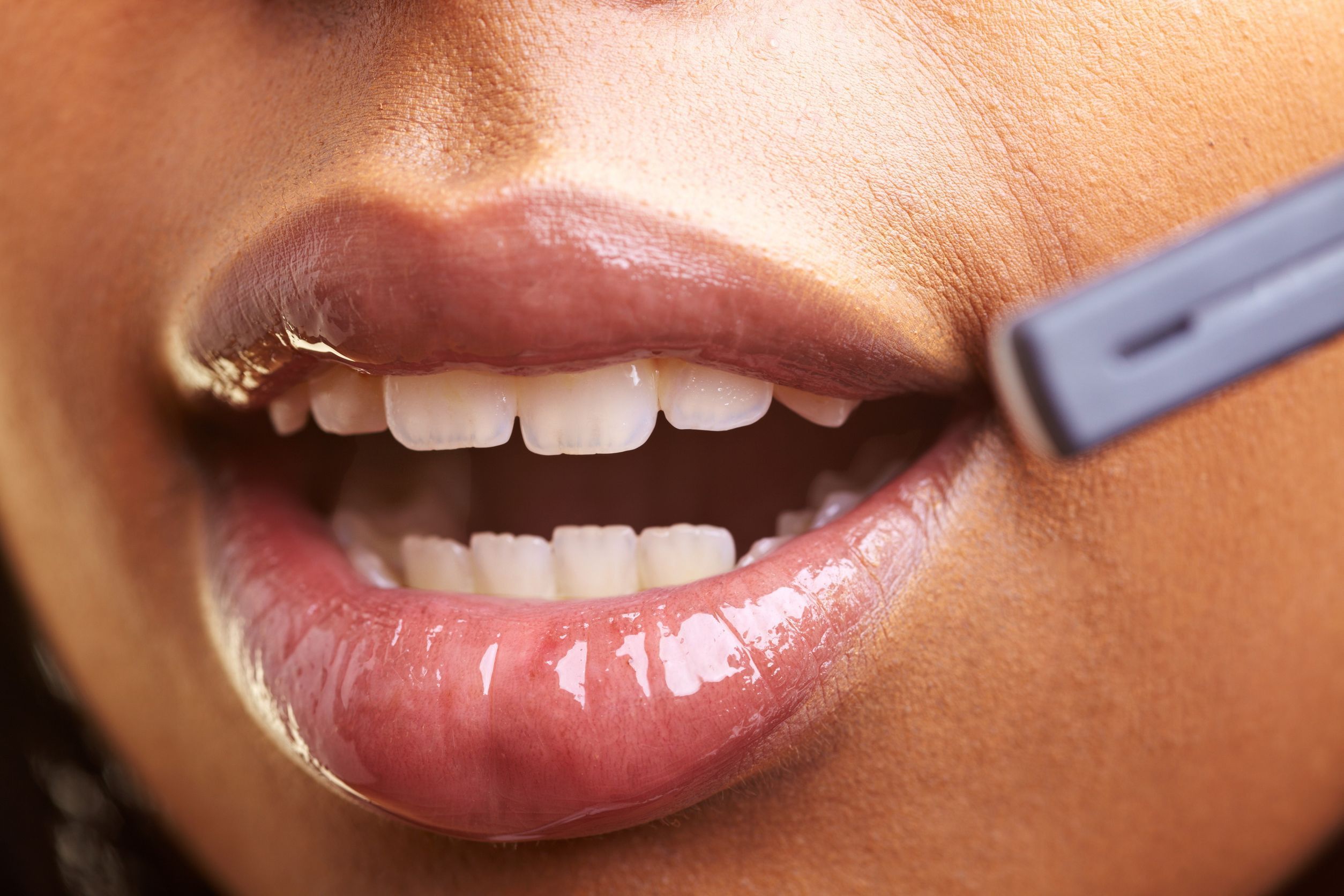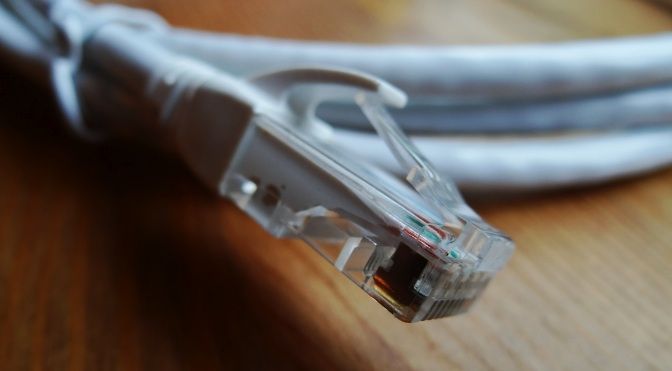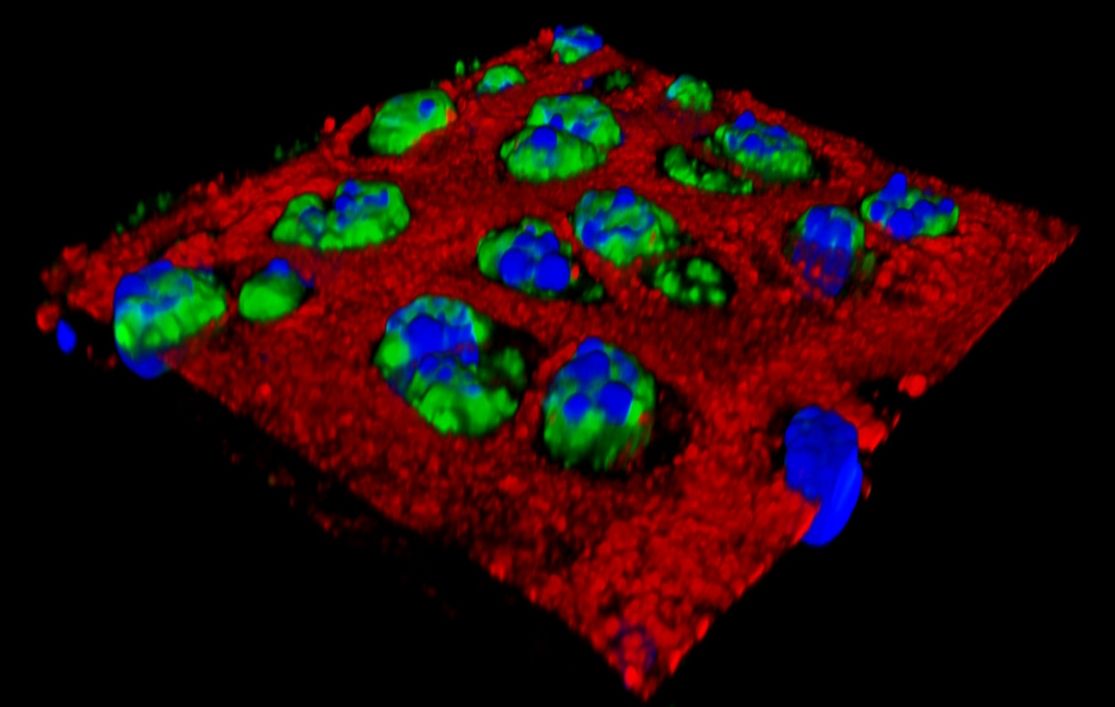This pen copies the colors around you and lets you draw with them.
Category: futurism – Page 1,206

What does your skin say about you? Apparently, it says what you say
Plain wild.
Your skin can say a lot about you — from your age to the last time you saw the sun. Now, an Israeli startup called VocalZoom wants to examine skin to make much more complicated analyses: comprehending what we say.
When we talk, the skin on our faces make subtle vibrations, too slight to be noticed with the human eye. While experimenting with an instrument known as an interferometer, VocalZoom CEO Tal Bakish and his team noticed it could detect peculiar measurements. “When it measures the face, we found out that the vibrations were caused only by the speaker’s voice and were not affected at all by any background voice,” he told Digital Trends. “At this point we realized that we have a disruptive technology to extract the voice of speaker in any noisy condition.”
Related: Microsoft hits another milestone in speech-recognition software accuracy.
Swiss manufacturer Küng brings the sauna tradition to the living room
A sauna in the living room; I want one.
London Design Festival 2016: Swiss company Küng has designed a series of saunas that can be installed in the living room to take advantage of limited living space.
Created as smaller versions of the company’s existing saunas, the collection features three different designs, each of which fit into two square metres of space.
They are designed to be inserted into living spaces or bedrooms, rather than hidden away in the basement, or relegated outside.
Apple Opens $45 Million R&D Hub For Advanced Tech
I really wish them a lot of luck.
Apple opens a $45 million R&D hub in China to develop advanced software and hardware technology, as well as better audio and video equipment and communications.



Massive Earthquake Along the San Andreas Fault Is Disturbingly Imminent
Anyone who is, or will be, anywhere near these potentially severe earthquake damage zones, be safe!
A series of quakes under the Salton Sea may be a signal that the San Andreas Fault is on the verge of buckling. For the next few days, the risk of a major earthquake along the fault is as high as 1 in 100. Which, holy crap.


Nanoparticle injections may be future of osteoarthritis treatment
Osteoarthritis is a debilitating condition that affects at least 27 million people in the United States, and at least 12 percent of osteoarthritis cases stem from earlier injuries. Over-the-counter painkillers, such as anti-inflammatory drugs, help reduce pain but do not stop unrelenting cartilage destruction. Consequently, pain related to the condition only gets worse.
Now, researchers at Washington University School of Medicine in St. Louis have shown that they can inject nanoparticles into injured joints in mice and suppress inflammation immediately following an injury, reducing the destruction of cartilage.
The findings are reported online Sept. 26 in the early edition of the Proceedings of the National Academy of Sciences.